Text
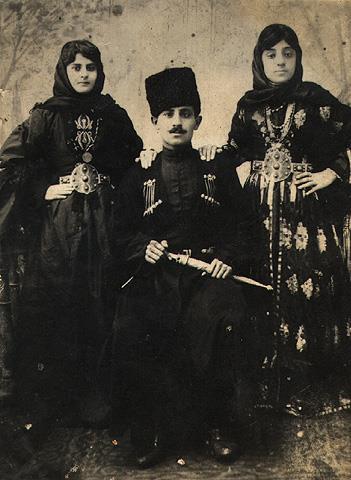
Mountain Jews in traditional costume, Dagestan (USSR), 1920s
38 notes
·
View notes
Text

Jewish merchant from Istanbul, Turkey, 1842
42 notes
·
View notes
Text
Recorded by Theodore Levin and Otanazar Matyakubov, 1991. From "Bukhara: Musical Crossroads of Asia"
23 notes
·
View notes
Text

Tombstone from the Jewish cemetery in Yeghegis, southeastern Armenia, 13th century
In the gorges of the Yeghegis Mountains there is a unique medieval Jewish cemetery filled with funerary poetry and expressions from the Bible and Talmud. Although there are many historical records of Jews in Armenia in ancient times, to date – except for a reference in an obscure Russian academic journal in 1912 – there is no information about the community during the Middle Ages. The names found on the tombstones were popular among Persian Jews, indicating that the Jewish population of Yeghegis may have had an Iranian background. However, the exact history of the emergence of this Jewish community and the circumstances of its disappearance after only 80 years, remains a mystery.
115 notes
·
View notes
Text

Nash Didan Jews in Urmia, Iranian West Azerbaijan, 1905
52 notes
·
View notes
Text

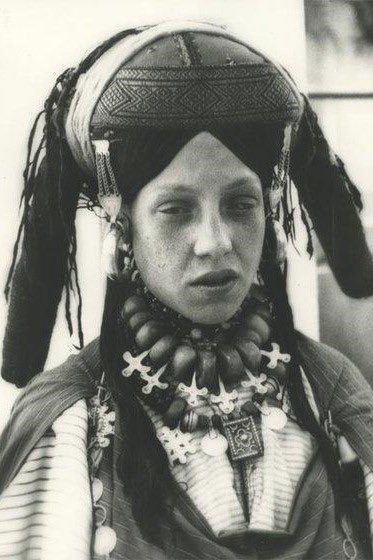
Amazigh Jewish women in Morocco, 1930s.
84 notes
·
View notes
Text

Bukharan Jewish women’s mourning scarves, Uzbekistan, early 20th century
90 notes
·
View notes
Text

Ketubah (Jewish marriage contract) from Kutaisi, Georgia, 19th century
78 notes
·
View notes
Text

The Iraqi delegation at the 1932 International Congress of Arab Music in Cairo, Egypt. All the musicians were Jewish with the exception of the singer Mohammad al-Gubenchi.
316 notes
·
View notes
Text

Bukharan Jewish silk dyers in Margilan, eastern Uzbekistan, early 20th century
103 notes
·
View notes
Text

Fur hat of Hasidic Jews (Shtrayml), Eastern Europe, early 20th century
60 notes
·
View notes
Text
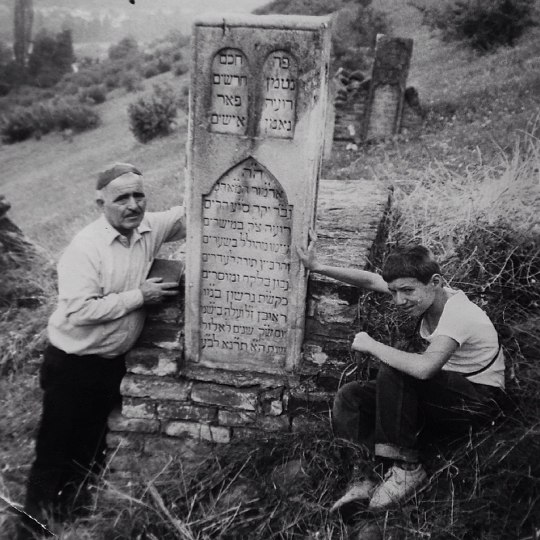
At the grave of Gershon Bar Reuben Mizrahi (1815 - 1891), Kabbalist and spiritual leader of Mountain Jews of the whole Caucasus. Jewish cemetery of Guba, Azerbaijan, 1987.
132 notes
·
View notes
Text
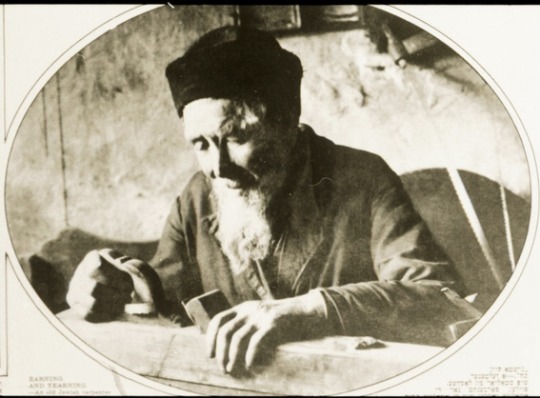
Lomza, Poland, 1927 - An old Jewish carpenter works a piece of wood with his hand tools
72 notes
·
View notes
Text

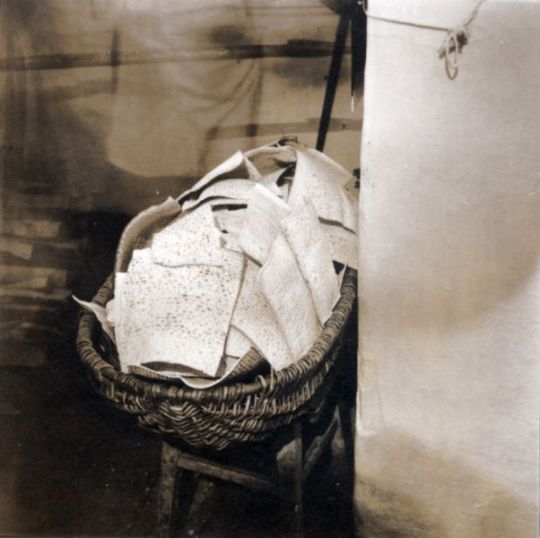
Baking Matzo before Passover, 1992, Tulchin, Ukraine
The Jews were in the 16th century among the first residents of Tulchin. In 1648, the Cossacks conquered the town. Hiding in the fortress of Tulchin, the Poles betrayed the Jews to the Cossacks after fighting them together, but were in turn massacred by their common enemy - a historical event which was the subject of many plays and novels. The number of Jews in Tulchin increased during the 19th century, and with 10,055 Jews in 1897, they formed 62% of the total population. After the German occupation of Ukraine in World War II, Tulchin was incorporated into the region of Transnistria, which had been handed over to Romania. During the autumn of 1941 all Jews of Tulchin were transferred to the camp of Peciora. In general, more Jews survived in the Romanian-occupied zones than in other parts of Ukraine - in 1959 there were still about 2,500 Jews in Tulchin (21% of the total population). The last synagogue was closed by the Soviet authorities in the 1960s. But Tulchin remained one of the few Ukrainian towns with a quite decent post war Jewish community. Jeffrey Veidlinger, author of "In the Shadow of the Shtetl", reports that in 2002, there were 262 Jewish residents, most of them elderly, still living in Tulchin.
162 notes
·
View notes
Text
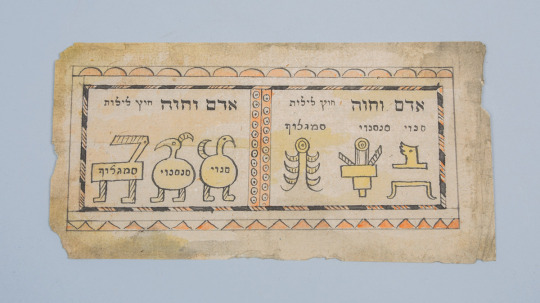
Amulet (“kame’a”) against difficult childbirth. Beshenkovichi, Vitebsk Province, Belarus. Late 19th century.
The text is repeated twice, in the left and right part of the amulet: “Adam and Eve. To expel Lilith, Senoi, Sansenoi, Sammangelof.” The image and text are reproduced after “Raziel,” a mystic 11th century book that served as a kind of instruction for making amulets.
295 notes
·
View notes
Text

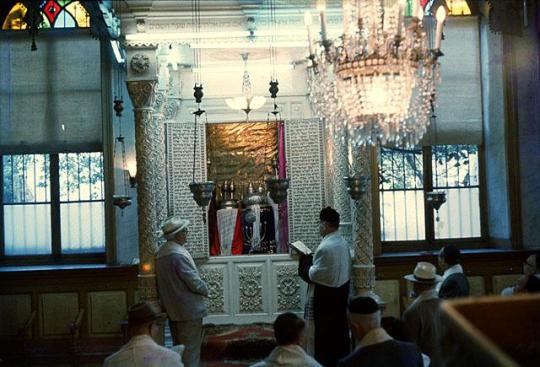
Praying in front of the Ark of the Law in a synagogue in Ankara, Turkey, 1964.
167 notes
·
View notes
